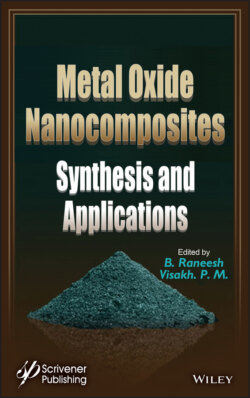Читать книгу Metal Oxide Nanocomposites - Группа авторов - Страница 59
2.8 Composites Product Fabrication
ОглавлениеFigure 2.6 shows an overview of various processes by which the composite products are generally synthesized by transforming the raw material into final shape. The individual products are fabricated, machined and further joined with other products as per the application requirement. The product fabrication process is a four-step process as follows:
1 a) Forming: In this step, as per the requirements, the feedstock is transformed into desired shape and size using the action of pressure and heat.
2 b) Machining: The extra/undesired material is removed by using machining operations such as cutting, grinding turning and drilling. Machining operations for composites require different operating conditions and tools than that by metals.
3 c) Joining and assembly: With the help of joining and assembly techniques (mechanical fastening, fusion bonding, adhesive bonding), different components are attached in a manner so that a desired task can be performed. The disadvantage is that such operations consumes time and are costly therefore, the joining and assembly is generally avoided in the process of cost reduction.
4 d) Finishing: In the end, finishing operations are performed so as to improve outside appearance, to provide a wear-resistant coating, to protect the product against environmental degradation, and/or to provide a metal coating which resembles that of a metal.
Figure 2.6 Classification of composites fabrication techniques.
Generally, above mentioned operations are not generally performed at any single processing plant. Nevertheless, some products including fishing rods, golf clubs, tennis rackets, etc. are prepared in one company only and then directly sent to the market.
